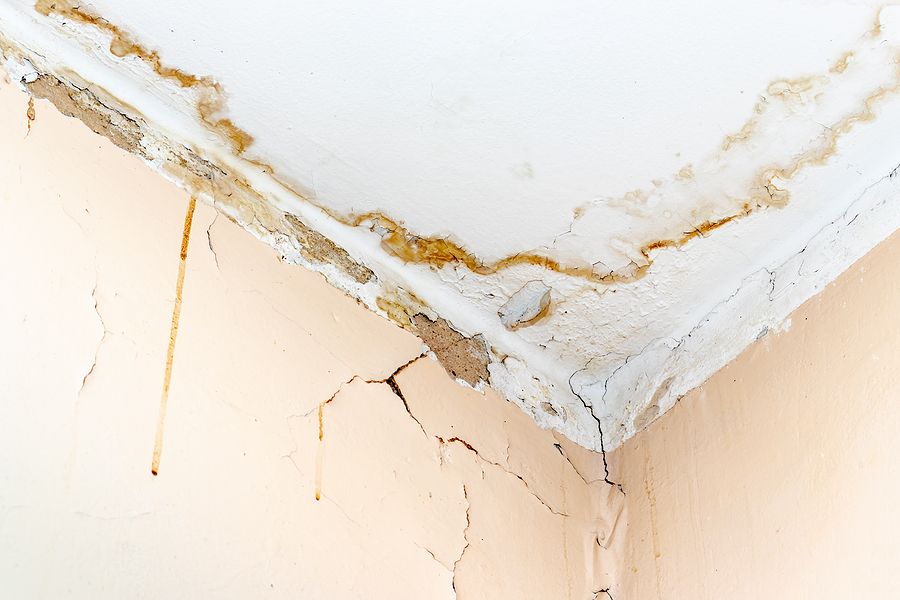The Residential Principal Frequent Causes of Leak Problems: Thorough Investigation
The Residential Principal Frequent Causes of Leak Problems: Thorough Investigation
Blog Article
Were you looking for critical information around Top Causes of Home Water Leaks?

Leaks not just trigger waste of water yet can also trigger unneeded damage to your house and advertise undesirable organic development. By recognizing and looking for day-to-day situations that cause leakages, you can safeguard your house from future leaks and unneeded damage.
Immediate temperature modifications.
Severe temperature changes in our pipelines can cause them to increase as well as acquire suddenly. This development as well as tightening might cause fractures in the pipes, especially if the temperature are listed below freezing.
Rusty water supply
As time passes by, your plumbing system ages as well as corrosion such as corrosion may start gnawing the pipes. This may be the source of discoloration or warping on your water pipes. This calls for an assessment with your plumber immediately. Take into consideration changing the pipes because they are at a greater threat of rust than the newer versions if our plumbing system is old.
Malfunctioning Pipe Joints
The factor at which your pipes link is frequently the weakest link in the waterline. Pipeline joints can weaken gradually, resulting in water leaks. The majority of pipeline joints are not easily noticeable. If you have loud pipelines that make ticking or banging noises, specifically when the warm water is turned on, your pipeline joints are possibly under a great deal of stress. It is recommended to have your plumber examine your system annually.
Encroaching roots
Most water leakages begin outside your home rather than inside it. If you notice a sudden decline in water stress, state in your tap, take time to head out as well as examine your yard. You might see wet spots or sinkholes in your lawn, and that could indicate that tree roots are attacking water lines triggering water to seep out. You can have your plumber check for breach, particularly if you have trees or hedges near your property.
Poor Water Connectors
At times, a leak can be triggered by loose hose pipes and pipes that supply your appliances. In instance of a water links leak, you may see water running straight from the supply line or puddles around your appliances.
Clogged Drains
Clogged drains could be bothersome and inconveniencing, yet they can in some cases wind up causing an overflow bring about rupture pipelines. Keep getting rid of any products that may decrease your drains pipes that can block them to prevent such inconveniences.
All the above are causes of leakages yet not all water leaks result from plumbing leakages; some leakages could originate from roof covering leakages. All leaks need to be fixed instantly to prevent water damage.
Leakages not only trigger waste of water however can additionally cause unnecessary damage to your house and also advertise undesirable natural development. By understanding and looking for daily circumstances that cause leaks, you can protect your house from future leakages and also unnecessary damages. Today, we will look at 6 leak triggers that might be triggering your pipelines to drip.
At times, a leak can be caused by loosened hose pipes and also pipes that provide your home appliances. In instance of a water connections leakage, you may observe water running directly from the supply line or puddles around your devices.
How To Check For Water Leak In Your Home
How To Check for Leaks
The average household's leaks can account for nearly 10,000 gallons of water wasted every year and ten percent of homes have leaks that waste 90 gallons or more per day. Common types of leaks found in the home are worn toilet flappers, dripping faucets, and other leaking valves. These types of leaks are often easy to fix, requiring only a few tools and hardware that can pay for themselves in water savings. Fixing easily corrected household water leaks can save homeowners about 10 percent on their water bills.
To check for leaks in your home, you first need to determine whether you're wasting water and then identify the source of the leak. Here are some tips for finding leaks:
Take a look at your water usage during a colder month, such as January or February. If a family of four exceeds 12,000 gallons per month, there are serious leaks.
Check your water meter before and after a two-hour period when no water is being used. If the meter changes at all, you probably have a leak.
Identify toilet leaks by placing a drop of food coloring in the toilet tank. If any color shows up in the bowl after 10 minutes, you have a leak. (Be sure to flush immediately after the experiment to avoid staining the tank.)
Examine faucet gaskets and pipe fittings for any water on the outside of the pipe to check for surface leaks.
Undetected water leaks can happen without the home or business owner even realizing. If you suspect a water leak, but not able to find the source. It is time to contact a professional water leak detection service, The Leak Doctor.
How To Find a Water Leak In Your Home
https://www.leakdoctor.com/blog/How-To-Check-For-Water-Leak-In-Your-Home_AE197.html

As a fervent person who reads on How to detect water leaks in your home, I thought sharing that article post was worth the trouble. Don't hesitate to take a moment to share this entry if you enjoyed reading it. Thank you for your time. Come back soon.
Instant Quote Report this page